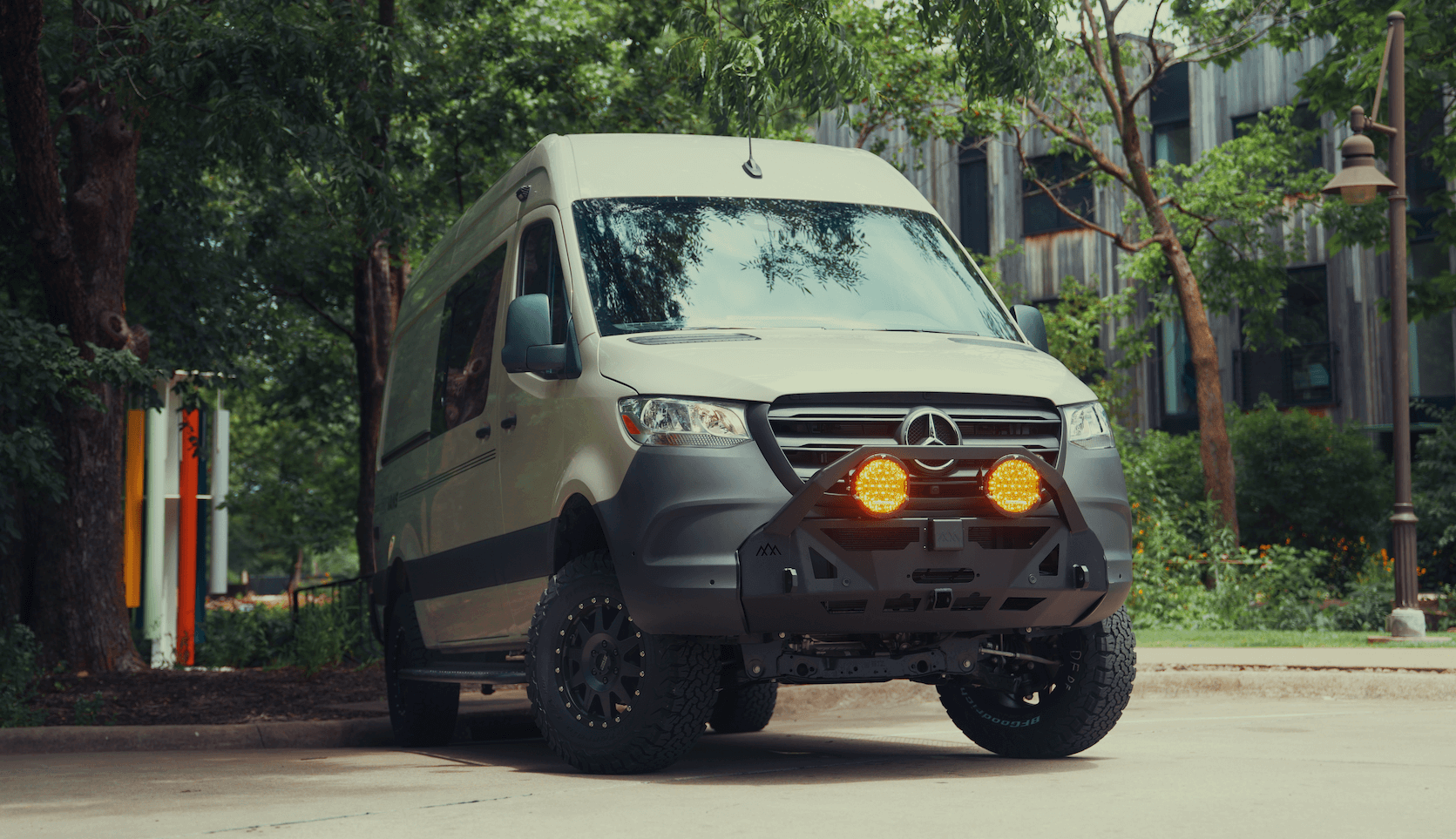Recreational Vans

Getting a bike truly clean without harming bearings or finish starts with the water source and the spray pattern. A hose on municipal pressure or a portable tank with a battery pump will do the job if you use a wide fan nozzle. Keep pressure modest and stand back so the spray loses energy before it reaches hubs, bottom brackets, headset cups, and suspension seals. A simple rule of thumb is to never point the jet straight into any place that spins or compresses. For soaps, pick a biodegradable bike wash and a citrus or plant based degreaser for the drivetrain. Avoid harsh solvents that can strip grease from pivots or damage anodizing and decals.
Your bike wash setup should keep mud and cleaner out of storm drains and off your driveway. A portable wash mat with raised edges captures runoff so you can dispose of it responsibly. If a mat is not available, choose a gravel surface or grass where water can settle and filter naturally. Grey water bags and inline sediment filters help when space is tight, especially at trailheads or camp. Keep detergents minimal, rinse thoroughly, and follow local rules for discharge.
A good workflow prevents scratched frames and noisy drivetrains. Start with a gentle pre rinse to float off sand. Degrease the drivetrain while it is still wet, agitate with a narrow brush, and keep the degreaser off pads and rotors. Foam or soap the frame next, then brush from the top down. Rinse lightly, shake the water off, and dry with clean microfibers. Finally, lube the chain and wipe excess so dust will not stick.
If you clean bikes after every ride, a mobile bike wash setup keeps mud outside and maintenance simple. Built in water storage with a regulated hose bib, a quick connect sprayer, and a dedicated wash mat live neatly in a van or truck. Add a hose rack, brush holders, and a sealed bin for soaps and towels so everything dries and stays organized. A compact filtration stage protects pumps, and a grey water container makes disposal clean and legal. With a thoughtful layout, you roll up dusty and drive away with quiet chains and a spotless cockpit.
A permanent station saves space, speeds the routine, and protects sensitive parts. Mounted nozzles, labeled valves, and fitted storage mean fewer leaks and zero rattles on the highway. Lighting near the rear doors turns evening cleanups into a quick ritual. When the station is part of your rig, you spend less time hunting for hoses and more time riding.
If you want a bike wash setup that lives inside a purpose built adventure van, our team designs water systems, sprayer mounts, storage, and containment around how you ride and where you travel. We create complete custom builds and partial upfits that keep bikes clean and gear sorted, then hand off your rig with a simple, step by step walkthrough.
Explore more:
Ready to add a built in bike wash to your adventure van or overland rig? Tell us about your riding style and cleaning needs and we will design a protected wash station with onboard water, filtration, and secure storage. Submit the form and our team will spec a clean, simple solution that saves time after every ride.
ADDRESS:
6159 E Huntsville Rd, Fayetteville, AR 72701
PHONE:
(479) 326-9200
EMAIL:
info@ozkvans.com